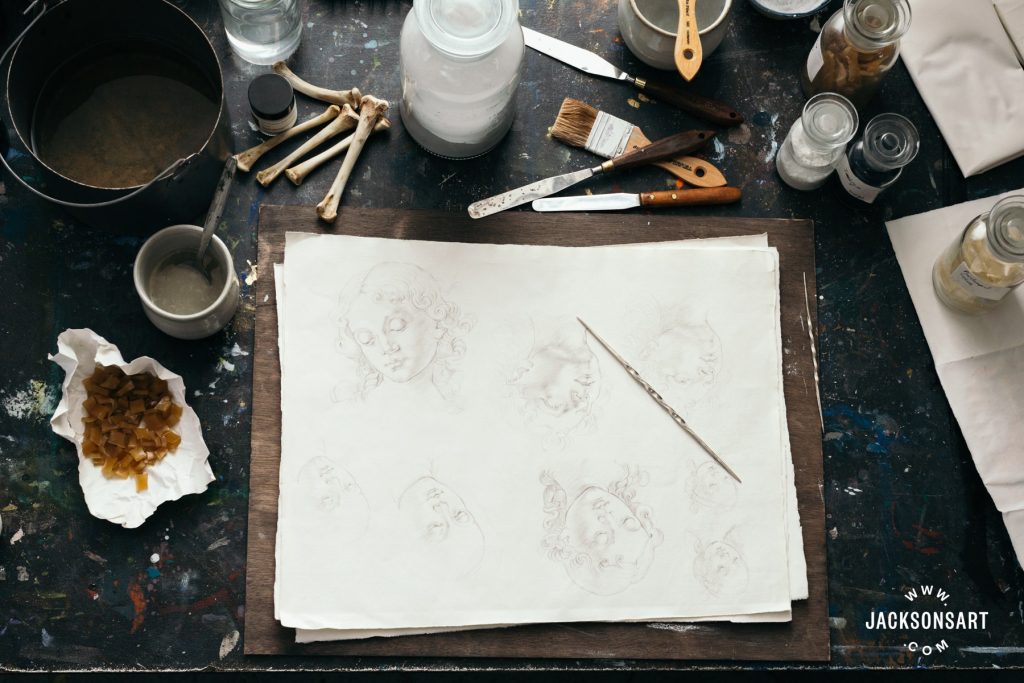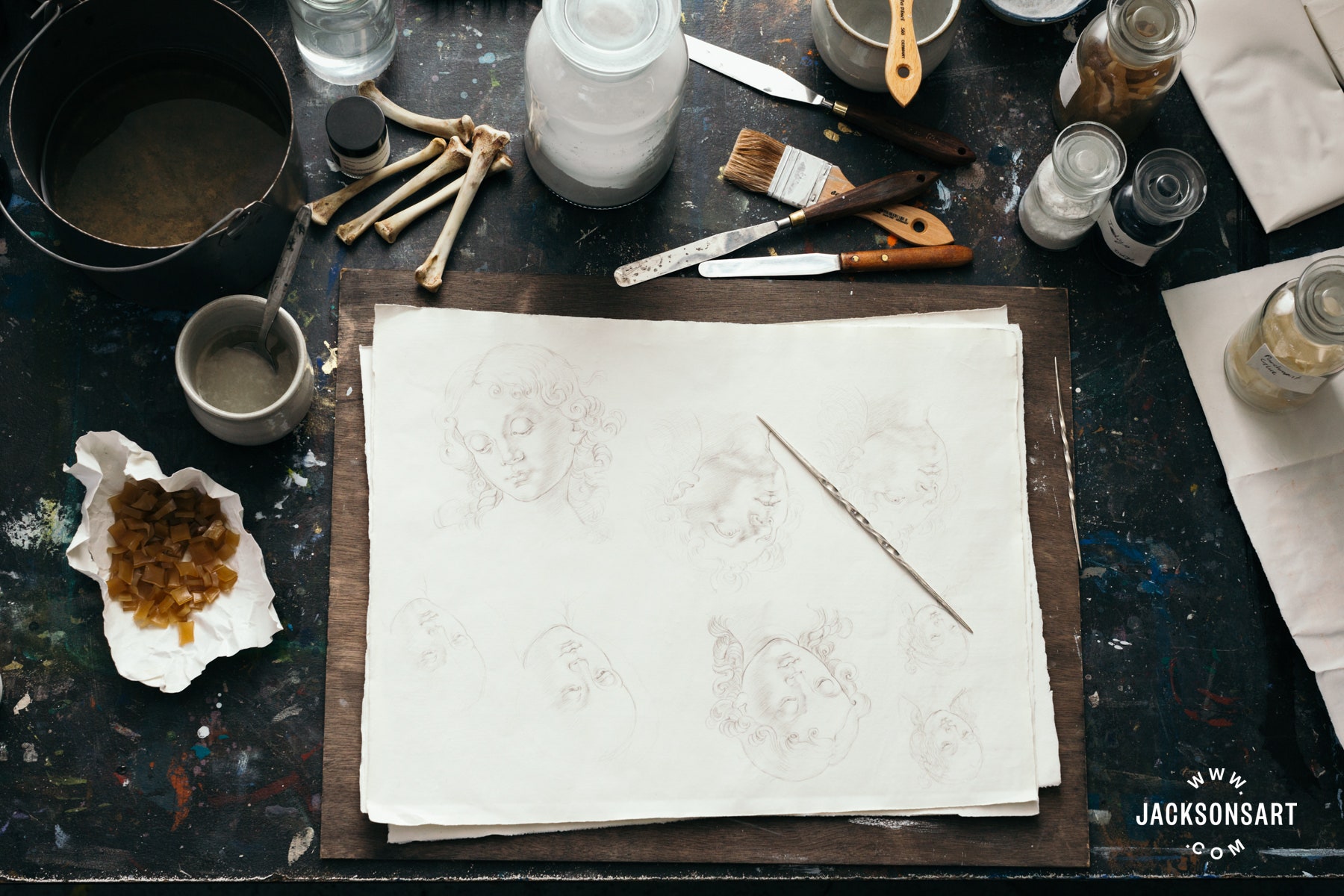
Insights and Lessons from 18th-Century British Printmaking

**The Radical Print: Exploring Art and Politics in Eighteenth-Century Britain**
Art, throughout history, has often served as a powerful medium for political commentary and societal change. Esther Chadwick’s *The Radical Print: Art and Politics in Late Eighteenth-Century Britain* (2024) delves deep into this dynamic interplay, examining how a group of British printmakers from the late 18th and early 19th centuries used their art to challenge entrenched power systems, question colonialism, and engage with radical politics. This richly detailed book provides not only a fascinating glimpse into the history of printmaking but also a roadmap for the ways art can intersect with contemporary political struggles.
### Art and Activism: A Historical Nexus
Chadwick’s book begins by situating printmaking in the cultural and political context of late 18th-century Britain. At the time, the medium occupied a secondary status within the art hierarchy, often overshadowed by painting and sculpture. Yet, this marginalization granted printmakers a certain freedom to experiment and engage with controversial subject matter. While the prestigious Royal Academy of Arts, established in 1768, limited the participation and recognition of engravers and printmakers, the medium nevertheless emerged as a platform for political expression.
Through prints, artists could reach broader—and often less elite—audiences than paintings or sculptures might permit. Prints were portable, accessible, and affordable compared to other art forms, making them an effective vehicle for disseminating ideas and critiques of prevailing power structures. Chadwick emphasizes that the British printmakers of this era sought to close the gap between cultural elites and the public, positioning their work as a form of protest and intellectual engagement.
### Defining Radicalism
The term “radical” in Chadwick’s title is not used lightly. She clarifies that it reflects a turning back to foundational ideas (a return to the “root”), alongside a re-imagining of the future. This dual orientation, she argues, resonates with the political movements of the time, characterized by rising demands for justice, equality, and liberty in the wake of the American and French Revolutions.
The printmakers featured in *The Radical Print*—including James Barry, John Hamilton Mortimer, James Gillray, Thomas Bewick, and William Blake—each embraced this radical spirit in unique ways. Their works challenge traditional hierarchies and explore themes of morality, politics, and social progress.
### The Artists Behind the Prints
Chadwick devotes stand-alone chapters to each of the five featured artists, allowing readers to explore their lives, styles, and ideologies in depth:
– **James Barry:** Known for his neoclassical compositions, Barry fused traditional artistic techniques with a rebellious critique of monarchy, hereditary privilege, and tyranny. His print *The Phoenix, or the Resurrection of Freedom* (1776) conveys these themes with the grandiosity of history painting and the immediacy of activism.
– **John Hamilton Mortimer:** Often described as a fop and rake, Mortimer’s flamboyant personality translated into an equally bold artistic style. His works, while less explicitly political, captured the tempestuous energy of the time.
– **James Gillray:** A towering figure in the history of satirical art, Gillray’s prints operate as biting critiques of political figures and institutions. Works like *The Apotheosis of Hoche* (1798) are as irreverent as they are vividly imaginative, embodying the polemical power of satire.
– **Thomas Bewick:** Unlike the more theatrical work of Gillray and Mortimer, Bewick’s engravings of rural life captured the everyday struggles and resilience of Britain’s working-class population. His prints exude a quiet radicalism by celebrating the dignity of ordinary people.
– **William Blake:** A visionary in every sense, Blake’s radical innovations in printmaking and his deeply personal artistic philosophy push the boundaries of what art could achieve. Blake invented relief etching, a process that allowed him to integrate text and image on the same plate—a groundbreaking technique that he used to explore themes of prophecy, empire, and moral critique. His annotated engraving of the Laocoön statue serves as a remarkable example of his ability to combine literary and visual commentary.
### The Power of the Medium
Chadwick skillfully argues that printmaking’s status as a “lesser” art form in the pre-modern era was actually a source of strength. By operating outside the confines of institutional expectations, printmakers could experiment more freely and embrace bold messaging. Their works were vehicles for political critique and artistic innovation, often reaching broader audiences than paintings locked away in aristocratic collections.
One of the most striking aspects of *The Radical Print* is the inclusion of numerous stunning reproductions of these historical prints. These images, many of which may be unfamiliar to modern audiences, reveal the expressive and rhetorical power of the medium. For contemporary artists, activists, and designers, these works